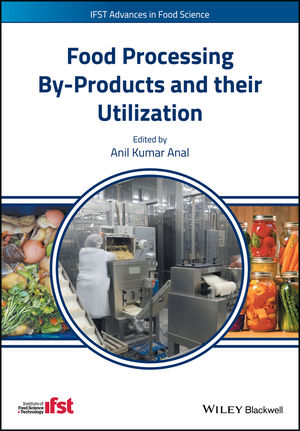Is it necessary for non-meat protein products to taste like meat products? Stacie Waters, owner, and chief executive officer of Bilinski Sausage Co., in Cohoes, N.Y., says her company thought a lot about this question during the process of developing High Peaks Plant-Based Sausages.
“Ultimately, we decided that plant-based proteins should have the same expectation of being delicious, but they don’t have to taste exactly like their meat analogs.”
“The reason we came to this conclusion is simple,” she continues. “To make plant products taste like meat, or exactly like meat, you have to use flavorings, and to us that defeats the purpose. Alternative proteins that are flavored to seem like meat are a disservice to the plant ingredients that are in those products. If you want something that tastes just like meat, the healthiest thing to do is to eat meat that is raised responsibly and made simply. We felt it was important to let our ingredients shine, without using flavorings or artificial ingredients to disguise the flavors.”
As far as similarities between Bilinski’s meat and meat analog sausages, the company is committed to using only simple everyday ingredients in its products.
When Austin, Minn.-based Hormel Foods developed its Happy Little Plants line, which includes pepperoni and crumbled sausage, the company had to compare it against its gold standard meat counterparts, says Brian Andrews, Hormel’s research scientist in refrigerated foods. Accordingly, today’s data suggest that protein analog market growth is being driven by flexitarians, consumers who switch between eating meat and alternative protein analogs, says Bryan Kreske, general manager at 199 Ventures and Cultivated Foods Incubator Unit at Hormel Foods.
“They’re looking often for the products that have a taste that mimics meat,” Kreske says. “When you look at the brands and the products in the spaces that are really growing in the category, it’s those ones that do the best job of mimicking that taste, texture and overall sensory appeal.”
Most of the ingredients Happy Little Plants uses do have an inherent flavor that many consumers characterize as off and requires Hormel’s formulators to balance in addition to choosing ingredients that help the formulators meet consumers expectations for appearance and texture, Andrews explains.

Texture also is extremely important in High Peaks’ sausage making. Consumers expect a sausage with a firm bite and some chewy texture, Waters explains. At the same time, processors want something that has a good bind. “Meat proteins do this very easily and naturally,” she explains. “You get that meaty bite without jumping through too many hoops to get there. Plant-based sausages need some more technique to get that nice texture that customers are looking for. With High Peaks, we achieved this by making our own ‘wheat meat’ as the first step in our process. Our ‘wheat meat’ has a nice chewy texture with a little snap. Once we have it prepared, we grind it just like we would chicken for our chicken sausages to create a really desirable, meaty texture.”
Fortunately, technologies in processing and ingredients for the meat analog category are rapidly emerging. For example, technologies are now available to blend ingredients and produce a cohesive, smooth plant-based luncheon meat, Andrews says. Kreske also is seeing advancements in fermentation, which is garnering new ingredients and improved ingredients that perform better for developers. Advancements in extrusion also are rapidly occurring.
“Partnership is really important in this space right now because the technology is moving at such an accelerated rate,” Kreske says. “I think you will see a lot of emerging companies with a lot of great new ingredients or process technologies in the space.”









